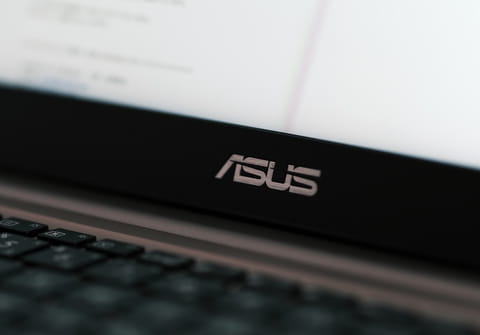Asus recovery partition: missing, deleted, Windows 10

If you're looking to rebuild, restore, or simply troubleshoot your laptop, it can be very helpful to understand how to boot your computer into a Recovery Partition.
By default, many computer manufacturers often divide hard drives into two partitions, whereby drive C is dedicated to the main operating system, and drive D serves as a second, smaller hard drive. This tutorial will teach you how to access the recovery partition of your Windows laptop (specifically Asus)
Asus recovery partition missing: what to do?
To find your recovery partition, follow these steps:
- At startup, press the F9 key. Then, select Windows Setup (EMS enabled).
- This will take you to a menu that shows the various partitions on your computer. Select the partition of your choice to access it.
If you can't find your recovery partition by yourself, then you can use a software like Partition Find & Mount. If after this you are sure that the partition is missing, we recommend referring to the newt step.
Asus recovery partition deleted: how to create a new one?
Under certain circumstances (such as accidentally deleting it), you may find that it's no longer possible to reset your Asus from the recovery partition. To restore it, you can use a software, such as MiniTool Partition Wizard Free or EaseUS Partition Master Home Edition. You can also:
- Scan Unallocated space for partitions by right-clicking.
- Choose Hard scan and then Deleted partitions.
- Once the partition you are looking for appears, select it and click Restore (from the toolbar).
- Select Restore partition.
- Confirm the partition of your choice.
- Make sure that it's marked Allowed in green. This means that there are no errors or overlapping.
- Make your choice in the Assign the following drive letter box.
- Click Restore.
Another way of fixing this problem is to create a new partition. Here are the steps to follow:
- Make sure you have a new disk or that there is an unallocated disk.
- In the Windows search bar type Computer Management.
- Select Run as administrator.
- Next, click Disk Management.
- Once this is done, find the unallocated region on your hard disk and right-click. From there, choose New Simple Volume.
- After that, click Next.
- Next, you can either accept the default size or enter the size of the volume of your choice. If you choose the second option, the remaining space will become unallocated space.
- Confirm by selecting Next.
- Accept the default drive letter or choose a new one. Select Next.
- Custom the volume label, if you want. Choose Next again.
- Confirm the settings by selecting Finish.
- The new volume will appear in Disk Management.
How to fix Asus recovery partition on Windows 10?
Performing a recovery partition on Windows 10 can be done either manually or with a software. You can find the instructions to follow in the previous section, as well as three software suggestions.
Why is the recovery partition no longer working?
There may be various reasons why the Asus recovery partition no longer works. This may be due to a system update: upgrading from Windows 8 to Windows 8.1 could be an issue because Windows 8.1 doesn't use a Windows 8 Recovery Partition. Another reason could be that the partition was deleted by accident or it may be the result of an unsuccessful attempt at repartitioning.
How to fix the Asus recovery partition on Windows 8?
Unlike Windows 10, Windows 8 and Windows 8.1 don't come with a recovery DVD. However, they have Asus Backtracker, an app that allows users to back up the Windows OS image to a USB drive. With this app, you can reinstall the Windows (if you replace your hard drive) or even delete the recovery partition, if needed. You can also use this utility to fix the recovery partition.
How to fix the Asus recovery partition on Windows 8.1?
Just like for Windows 8, you can use the manufacturer's Asus Backtracker utility.
How to backup the Asus recovery partition?
As mentioned above, depending on your OS, you can create a backup. Windows 8 and Windows 8.1 users can take advantage of Asus' utility Asus Backtracker to create a backup to a USB drive. You can also do so for Windows 10 but you'll have to do it manually.
For Windows 10, follow these steps:
- Type Create a recovery drive in the Windows search bar.
- Select Open.
- A User Account Control window will appear: select Yes.
- Next, check the Back up system files to the recovery drive box. Confirm by clicking Next.
- Connect the USB drive of your choice, however, remember to back up your files as they'll get deleted.
- Under Available drive(s), select the connected USB drive. Confirm by selecting Next.
- Once this is done, select Create. Please don't forget that all the files from the USB drive will be lost if you don't back them up.
- This process may take a while.
- Select Finish.

